The Ultimate Guide To Worm Boxes: How To Start Maintain And Enjoy Your Own Worm Composting System
Introduction
Worm composting is a great way to reduce your household waste, improve your garden soil, and even make your own worm castings, which are a valuable fertilizer. If you're interested in starting a worm composting system, this guide will walk you through everything you need to know.
What is worm composting?
Worm composting is a type of composting that uses worms to break down organic materials. The worms eat the food scraps, and their castings (poop) are a rich source of nutrients for plants. Worm composting is a relatively simple process, and it can be done indoors or outdoors.
Why should you start a worm composting system?
There are many reasons to start a worm composting system. Here are a few of the benefits:
- Reduces household waste: Worm composting can help you reduce the amount of food scraps that go to landfills. This can help to conserve resources and reduce greenhouse gas emissions.
- Improves garden soil: The castings from worms are a great fertilizer for plants. They contain essential nutrients that can help to improve the health and productivity of your garden soil.
- Makes your own worm castings: Worm castings are a valuable fertilizer that can be used to improve the health of your plants. They can also be used to make compost tea, which is a liquid fertilizer that is rich in nutrients.
How to start a worm composting system
There are a few things you'll need to get started with worm composting:
- A worm bin: There are many different types of worm bins available, so you can choose one that fits your needs and budget.
- Red wiggler worms: Red wiggler worms are the most commonly used type of worm for composting. They are easy to care for and they reproduce quickly.
- Food scraps: You can compost a variety of food scraps, including fruits, vegetables, coffee grounds, and tea bags.
- Bedding: The bedding in your worm bin will help to keep the worms moist and comfortable. You can use a variety of materials, such as shredded newspaper, cardboard, or coconut coir.
How to maintain your worm composting system
Once you've set up your worm bin, it's important to maintain it properly. Here are a few tips:
- Feed your worms regularly: You should feed your worms about once a week. The amount of food you feed them will depend on the size of your bin and the number of worms you have.
- Keep your bin moist: The bedding in your bin should be moist but not soggy. If the bedding is too dry, the worms will not be able to survive.
- Turn your bin regularly: Turning your bin will help to aerate the bedding and keep the worms healthy. You should turn your bin about once a week.
Enjoying your worm composting system
Once you've got your worm composting system up and running, you can start enjoying the benefits. Here are a few things you can do with your worm castings:
- Use them to fertilize your garden: Worm castings are a great fertilizer for plants. They can be used to improve the health and productivity of your garden soil.
- Make compost tea: Compost tea is a liquid fertilizer that is rich in nutrients. You can make compost tea by steeping worm castings in water.
- Give them away: If you have more worm castings than you need, you can give them away to friends, family, or neighbors.
Conclusion
Worm composting is a great way to reduce your household waste, improve your garden soil, and even make your own worm castings. If you're interested in starting a worm composting system, this guide has everything you need to know.
If you're interested in learning more about worm boxes, I recommend visiting Garden Wiki. This website has a wealth of information on how to start and maintain a worm box, including instructions on how to choose the right bin, prepare the bedding, and add the worms. They also have a blog with articles on topics such as worm composting for beginners, how to use worm compost, and troubleshooting common problems.
Image of worm box
- A worm bin made from a plastic storage container. This is a simple and easy way to get started with worm composting.
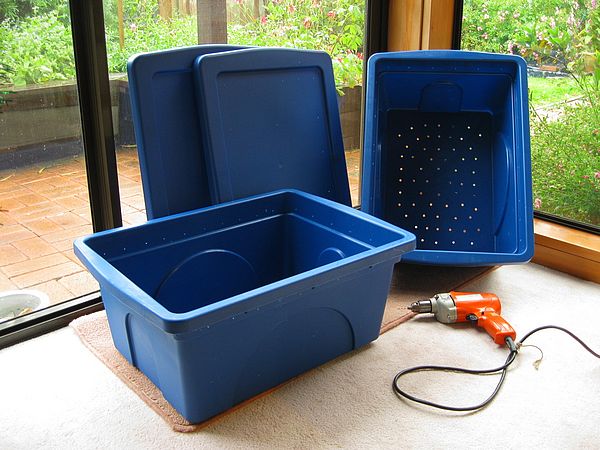
- A worm bin made from a wooden pallet. This is a more durable option that can be customized to fit your needs.

- A worm bin made from a terrarium. This is a great option if you want to keep your worm bin indoors.

- A worm bin made from a milk crate. This is a budget-friendly option that is easy to assemble.

- A worm bin made from a cardboard box. This is a temporary option that is good for getting started with worm composting.
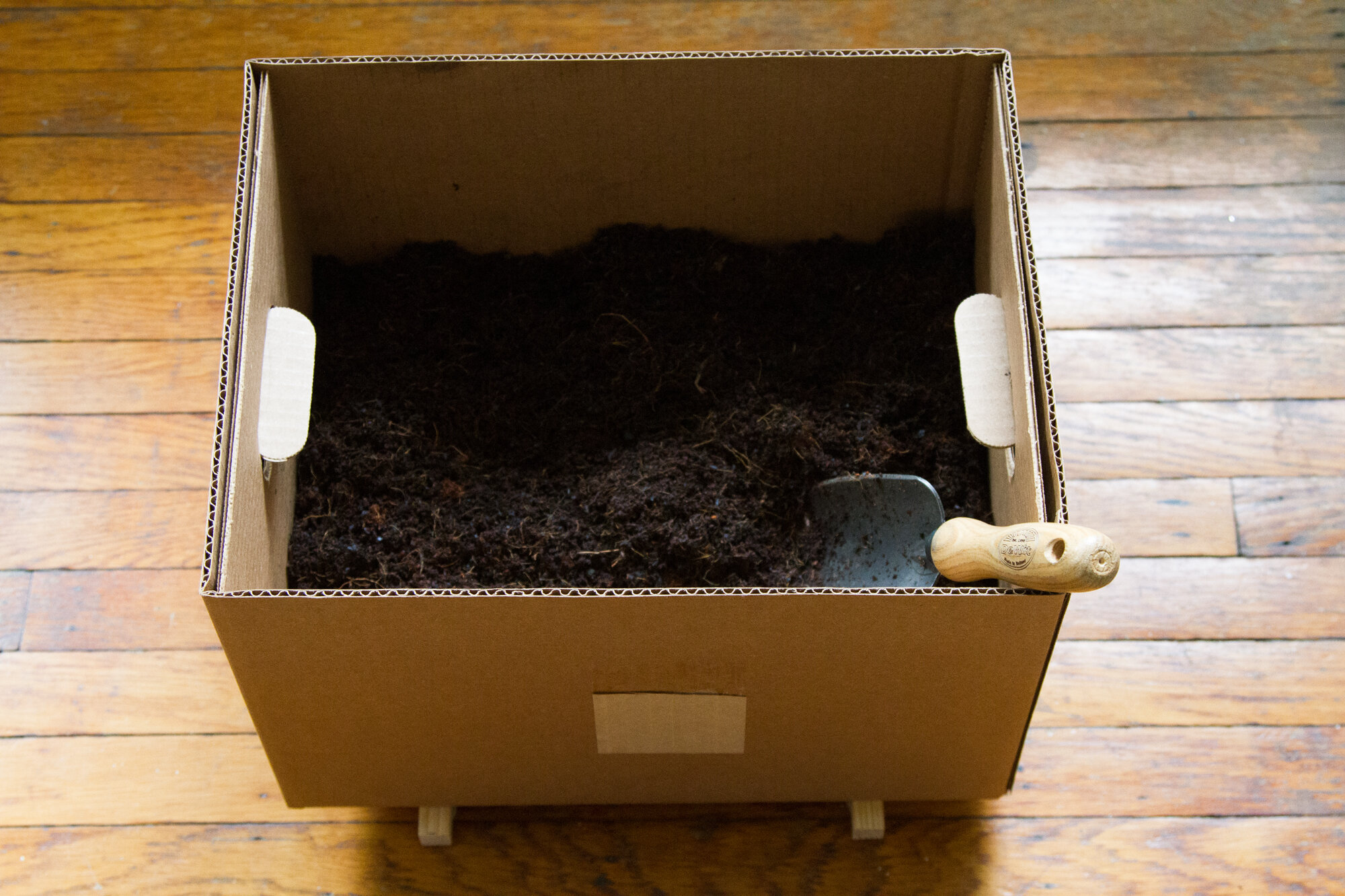
- A worm bin made from a worm farm kit. This is a convenient option that includes everything you need to get started.
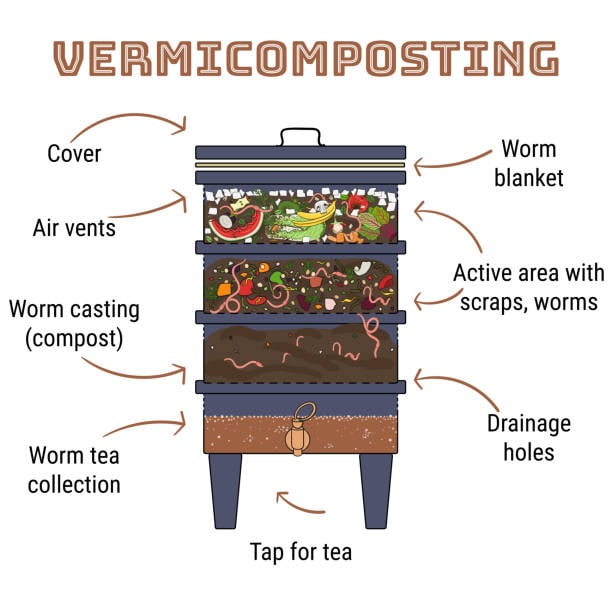
- A worm bin made from a worm tower. This is a vertical option that is space-saving.
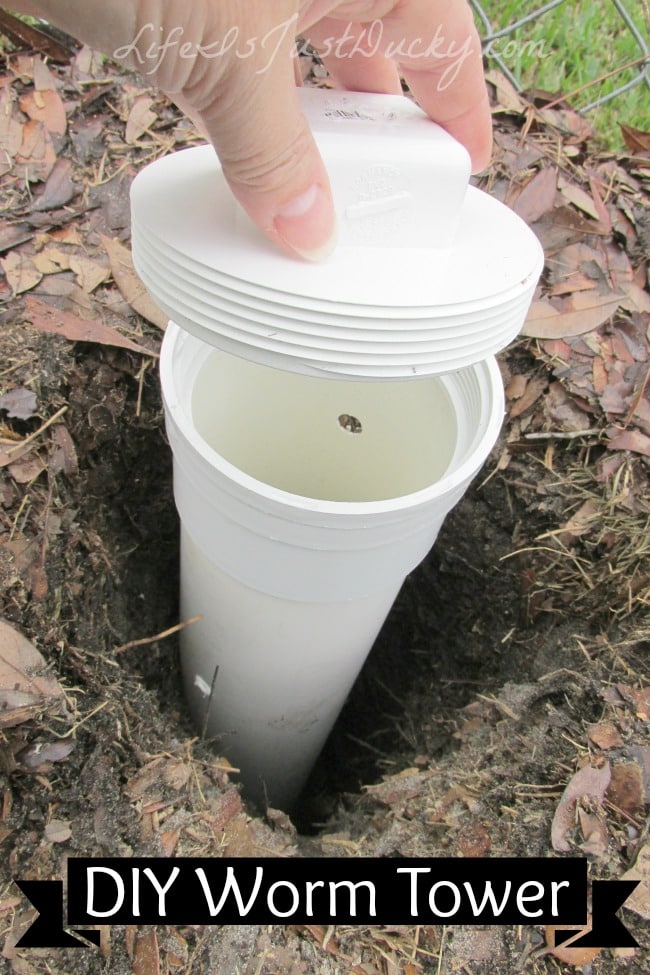
- A worm bin made from a worm bin bag. This is a portable option that is easy to move around.

- A worm bin made from a worm bin tumbler. This is a rotating option that makes it easy to aerate the worm bin.
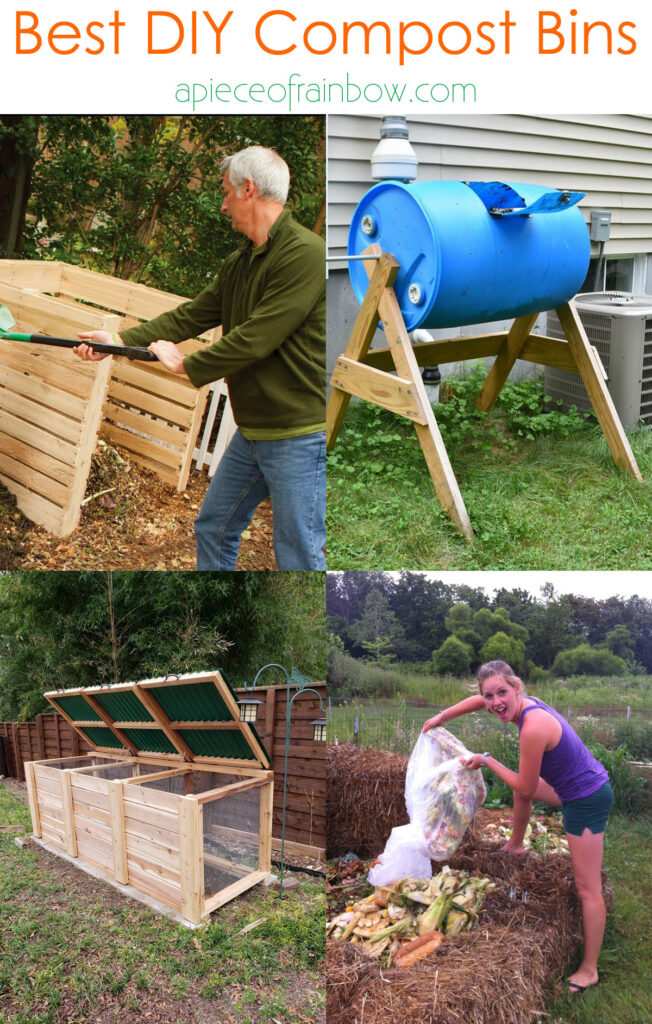
Post a Comment for "The Ultimate Guide To Worm Boxes: How To Start Maintain And Enjoy Your Own Worm Composting System"